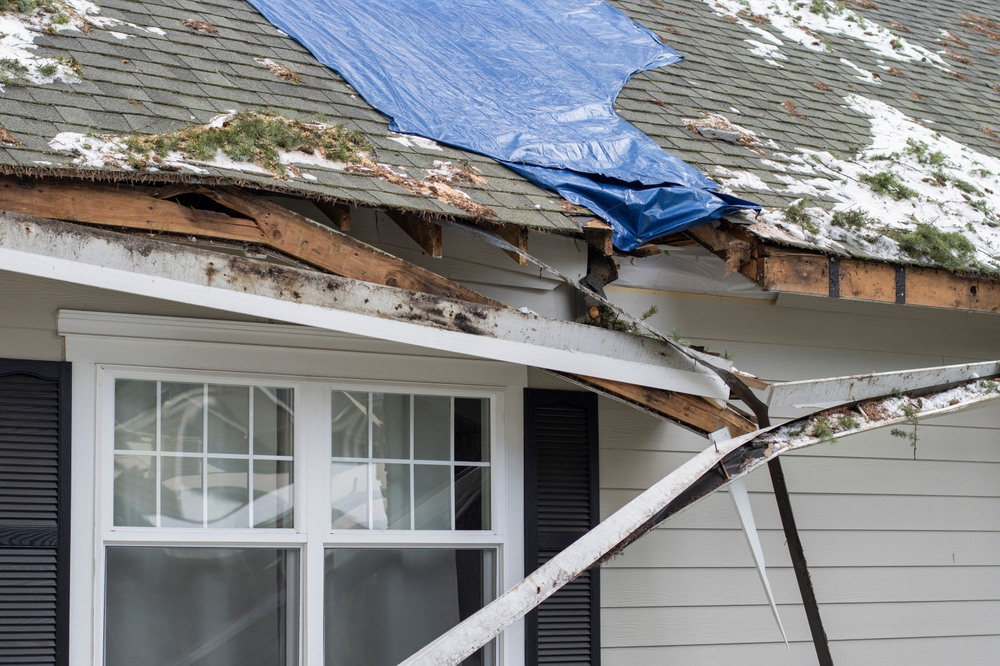
In construction, the appeal of low-cost materials can be strong for builders and property owners looking to save money. However, the Hidden Costs of Cheap Materials often lead to bigger expenses down the road. At All Point Roofing and Chimney, we have seen firsthand the problems caused by poor-quality materials and are committed to helping our clients understand why quality matters.
The Pitfalls of Low-Quality Materials
Opting for cheaper materials might reduce initial expenditures, but the subsequent consequences can be severe:
Reduced Durability and Lifespan
Inferior materials are prone to wear and tear, necessitating frequent repairs and replacements. For instance, low-grade roofing materials may deteriorate quickly under environmental stressors, leading to leaks and structural damage. Over time, the repeated costs of patching and replacing these materials far exceed the initial savings from using cheaper alternatives.
Safety Hazards
Compromised structural integrity due to poor-quality materials can pose serious safety risks, including potential collapses or failures. For example, using substandard concrete or steel in load-bearing structures can result in catastrophic failures that endanger lives and property. In roofing, low-quality shingles may not withstand harsh weather conditions, leading to dangerous leaks or collapses.
Increased Maintenance Costs
While the upfront costs are lower, the cumulative expenses of ongoing maintenance and early replacements can surpass the savings from initial investments in cheap materials. Cheap siding, for example, may crack or fade quickly, requiring frequent repainting or replacement, whereas higher-quality alternatives like fiber cement or premium vinyl can last significantly longer with minimal upkeep.
The Consequences of Cutting Corners
Some builders may resort to shortcuts to save time or reduce costs, often at the expense of quality and safety:
Use of Inexperienced Subcontractors
To cut costs, builders might hire less experienced subcontractors, leading to subpar workmanship and potential code violations. Improper installations, whether in roofing, plumbing, or electrical work, can result in costly rework and dangerous malfunctions.
Non-Compliance with Manufacturer Guidelines
Ignoring specified installation procedures can void warranties and result in premature system failures, particularly in roofing and structural components. For example, manufacturers of high-quality asphalt shingles provide installation guidelines that, if not followed, can lead to leaks and reduced lifespan.
Using Low-Grade Fasteners and Adhesives
While the primary materials may be of decent quality, some builders cut corners by using substandard fasteners, adhesives, and sealants. This can lead to weak connections, structural instability, and water infiltration issues that compromise the entire project.
Expert Recommendations for Superior Alternatives
Industry experts advocate for the use of high-quality, sustainable materials that offer longevity and environmental benefits:
Reclaimed Wood
Utilizing reclaimed wood not only provides a unique aesthetic but also promotes sustainability and durability. Reclaimed wood from old barns or industrial buildings is often stronger than newly harvested wood due to its age and seasoning.
Industrial Steel and Iron
These materials offer strength and longevity, making them excellent choices for structural components. Unlike cheaper alloys, high-grade steel resists corrosion, supports greater loads, and ensures overall structural integrity.
Concrete Sheets
Also known as cement boards, these are moisture-resistant and require minimal maintenance, making them suitable for exterior siding, roofing underlayment, and interior wall applications in wet areas.
High-Quality Asphalt and Metal Roofing
Investing in premium roofing materials, such as architectural shingles or standing seam metal roofs, ensures long-term performance, energy efficiency, and aesthetic appeal. At All Point Roofing and Chimney, we recommend durable materials that withstand extreme weather conditions and minimize future repair costs.
The Environmental and Financial Impact
Beyond safety and longevity, using quality materials also has environmental and financial implications:
- Energy Efficiency: High-quality insulation, roofing, and windows reduce energy consumption, lowering utility bills and carbon footprints.
- Resale Value: Homes built with premium materials attract buyers willing to pay more for durability and reliability.
- Waste Reduction: Durable materials generate less construction waste, reducing landfill contributions and promoting sustainability.
All Point Roofing and Chimney’s Commitment to Quality
At All Point Roofing and Chimney, we prioritize the use of premium materials and skilled craftsmanship. Our approach ensures that each project not only meets but exceeds industry standards, providing our clients with structures that are safe, durable, and aesthetically pleasing. By choosing quality over shortcuts, we safeguard your investment and well-being.
Conclusion
While the initial cost savings of cheap materials may be appealing, the hidden expenses and risks they introduce make them a poor choice in the long run. Investing in quality materials and reputable builders like All Point Roofing and Chimney ensures the longevity, safety, and value of your property. True savings come from making informed decisions that prioritize quality and durability.

